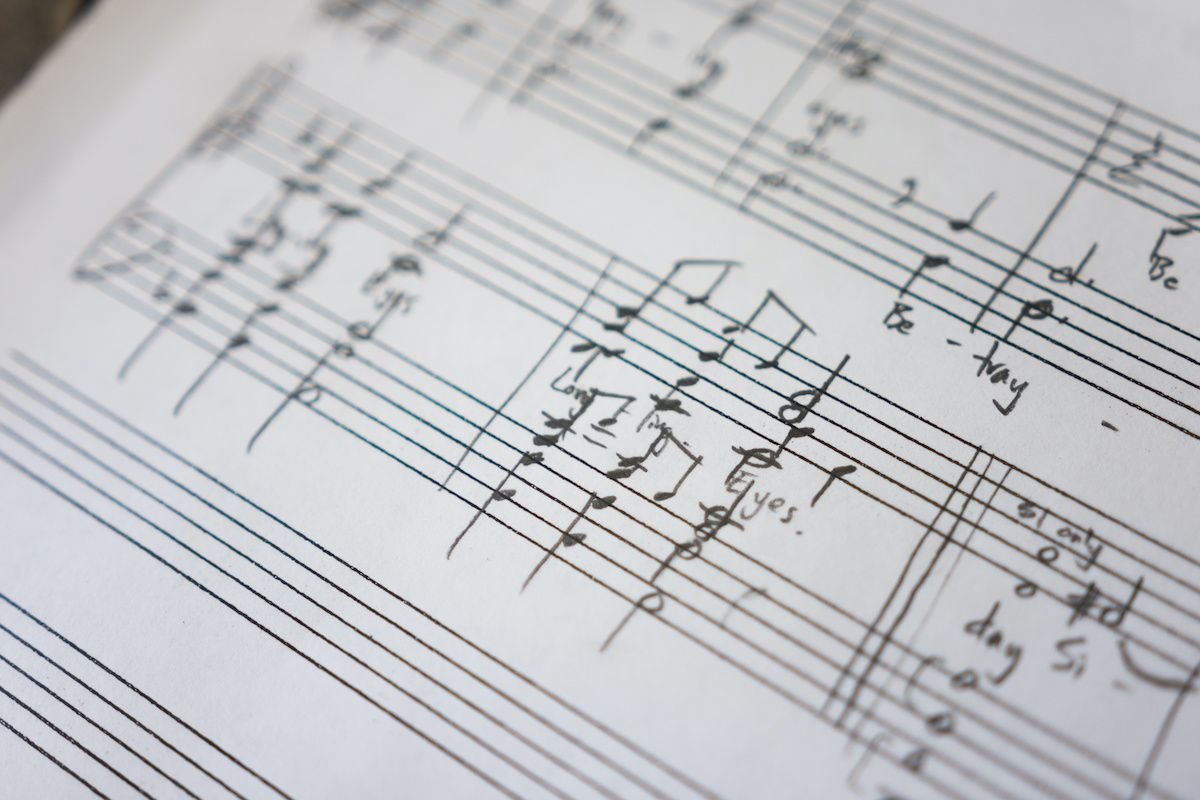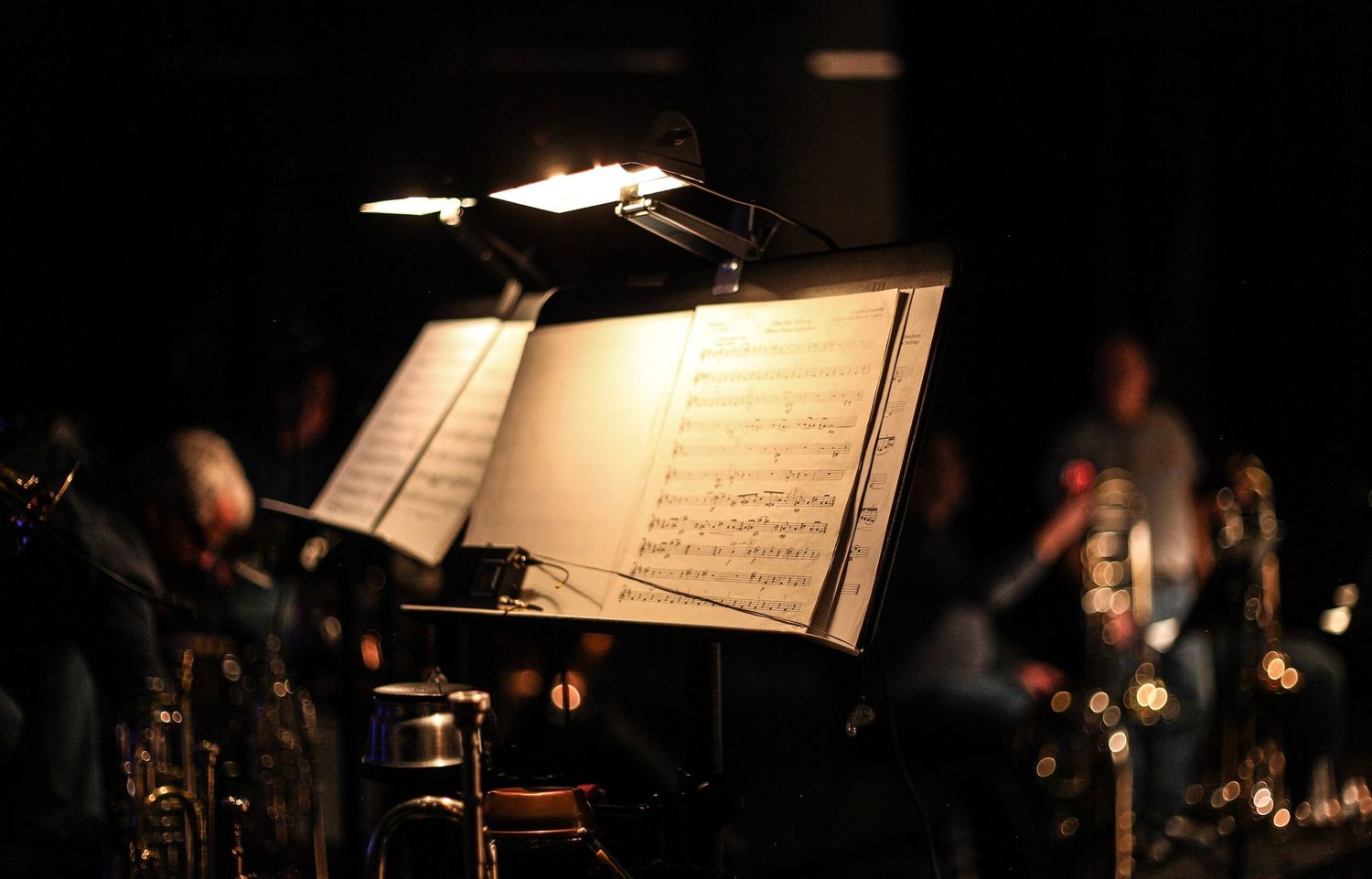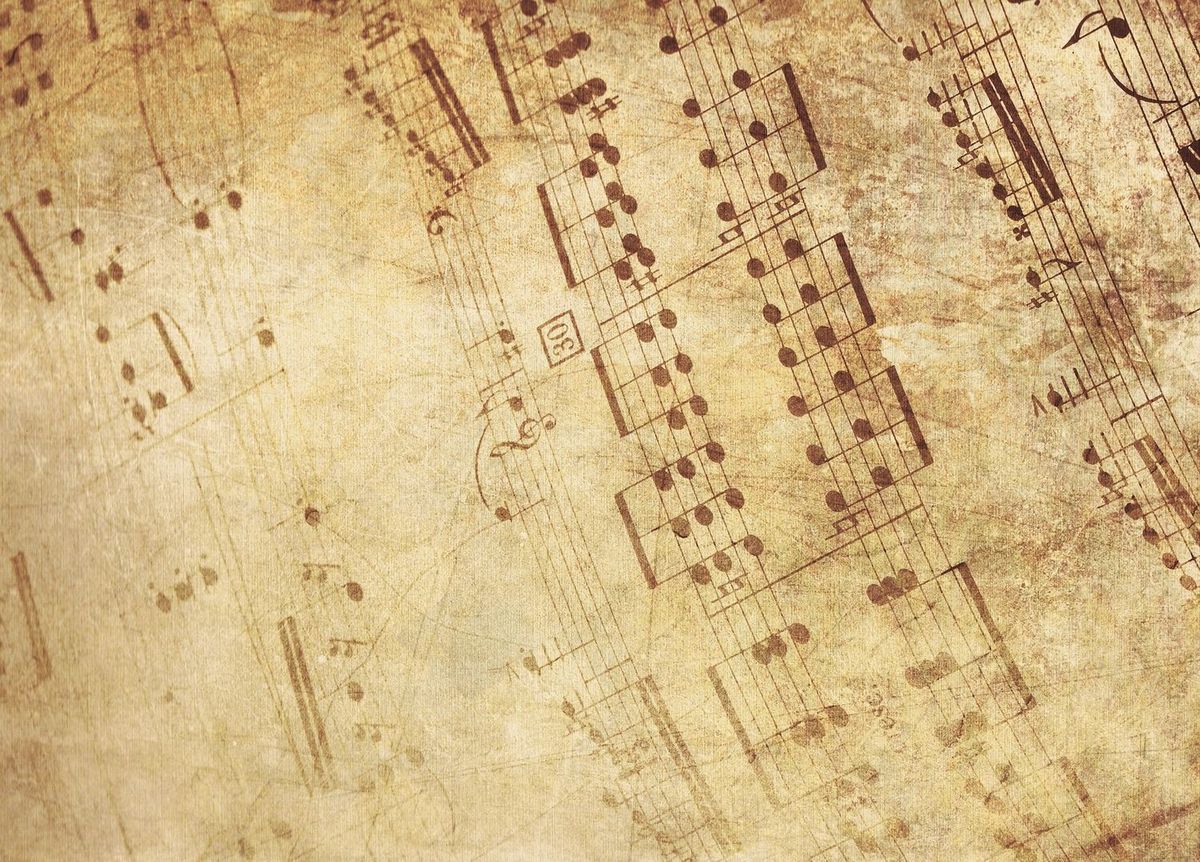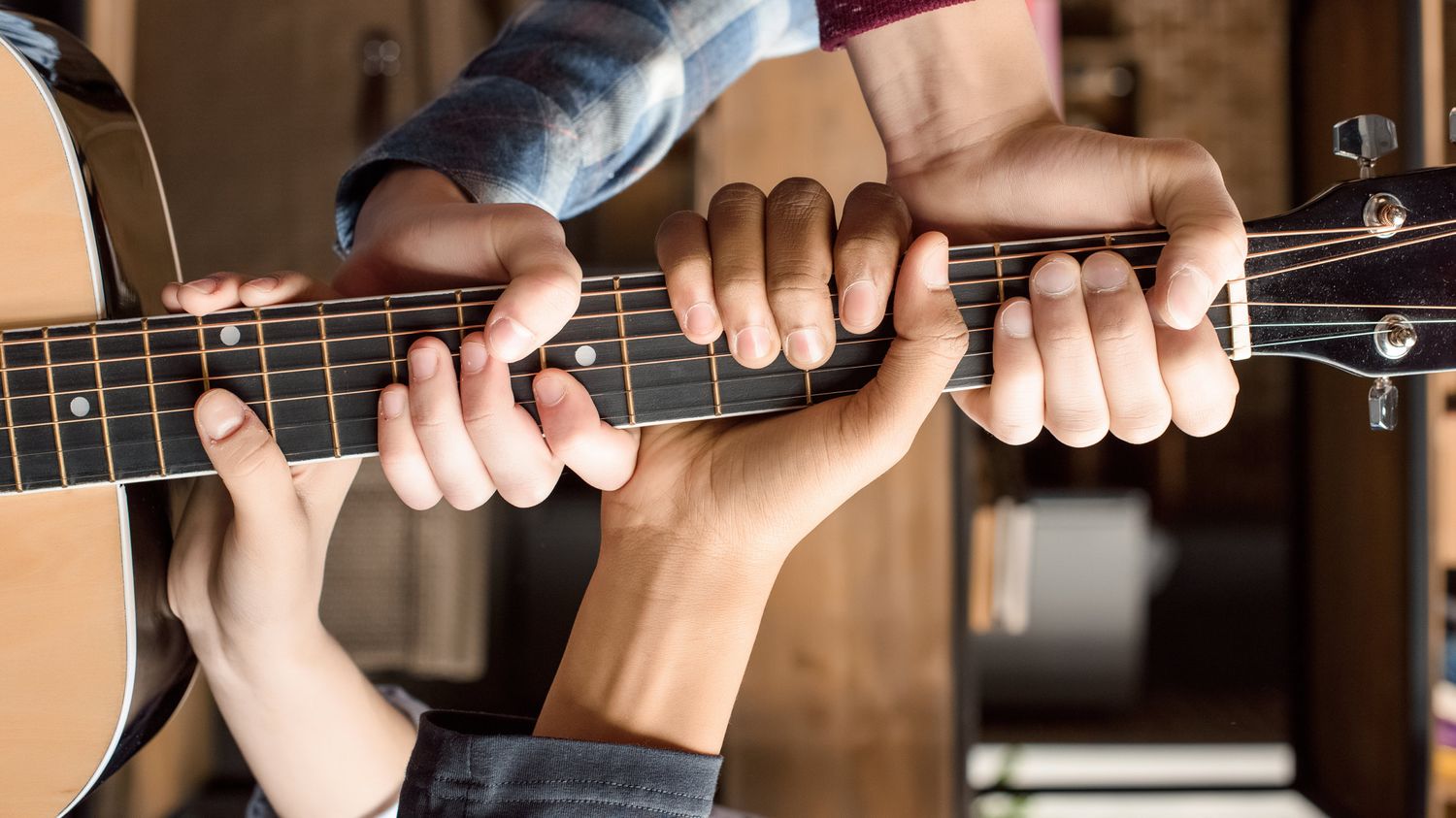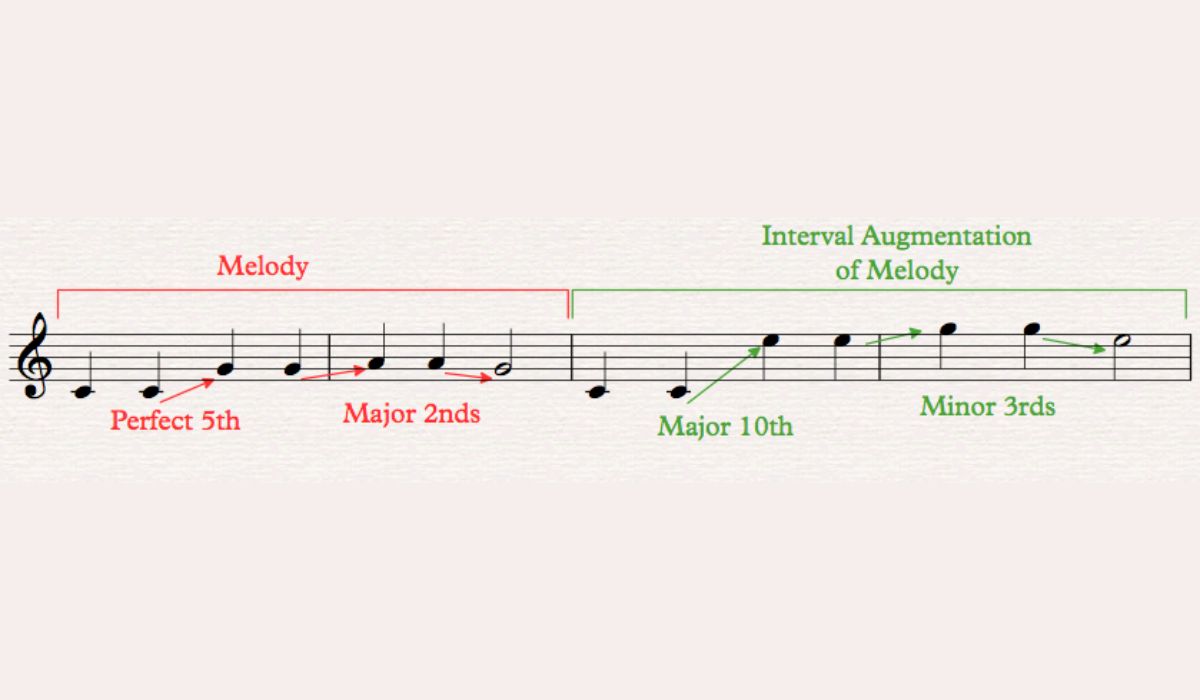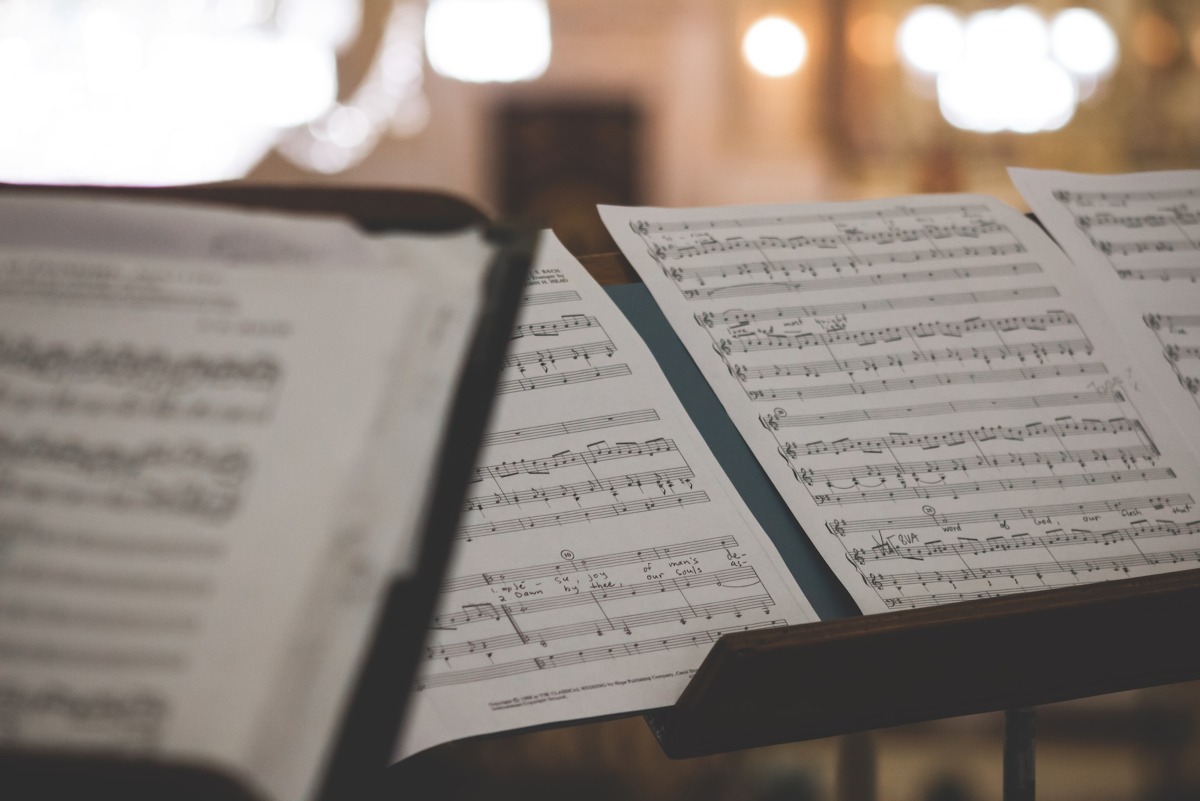Home>Production & Technology>Music Theory>Music Theory How To Identify Syncopation
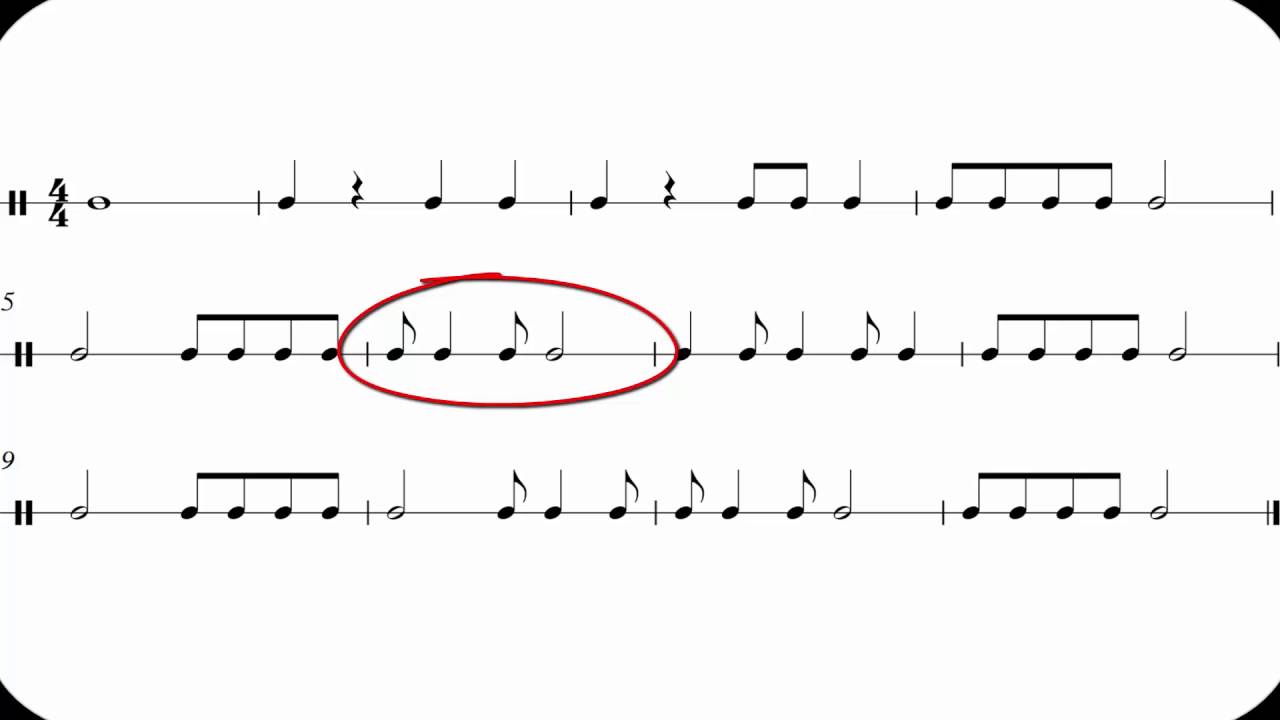

Music Theory
Music Theory How To Identify Syncopation
Published: January 29, 2024
Learn how to identify syncopation in music theory and enhance your understanding of rhythm and timing. Explore key concepts and techniques for recognizing syncopated patterns.
(Many of the links in this article redirect to a specific reviewed product. Your purchase of these products through affiliate links helps to generate commission for AudioLover.com, at no extra cost. Learn more)
Table of Contents
Introduction
Music theory is a fundamental aspect of understanding and appreciating the art of music. It provides us with a framework for analyzing and interpreting the different elements that make up a piece of music. One such element is syncopation, a rhythmic phenomenon that can add complexity and interest to a musical composition.
Syncopation occurs when a rhythmic pattern deviates from the expected strong beats, creating a sense of anticipation and tension. It is often used in various music genres, including jazz, funk, Latin, and pop, to add a unique rhythmic flavor. As a music enthusiast or aspiring musician, learning how to identify and understand syncopation is essential to enhancing your musical proficiency.
In this article, we will delve into the concept of syncopation, explore how it can be recognized in different rhythmic patterns, and provide examples of common syncopated rhythms. We will also discuss techniques for notating syncopation and offer tips to help you develop your skills in identifying syncopation in music.
Whether you are a musician, music student, or simply a music lover, mastering the ability to recognize and appreciate syncopation will greatly enhance your understanding and enjoyment of music. So let’s dive in and discover the fascinating world of syncopation in music theory!
Understanding Syncopation
Syncopation is a rhythmic concept that involves emphasizing weak beats or off-beats instead of the expected strong beats. This rhythmic displacement creates a feeling of syncopation, adding an element of surprise and forward motion to the music. Syncopation can be found in various musical elements, including melody, harmony, and most notably, rhythm.
Syncopated rhythms often create a sense of tension and release, as they disrupt the regularity and predictability of a musical phrase. By accentuating normally unaccented beats or placing notes in unexpected places, syncopation can give music a playful and vibrant quality.
Syncopation is not limited to one specific musical genre. It can be found in classical music compositions, jazz improvisations, funky grooves, and even in the rhythms of popular songs. It is a versatile rhythmic technique that adds complexity and excitement to music.
To truly understand syncopation, it is important to grasp the concept of strong and weak beats. In most musical contexts, the strong beats are typically the first beats of each measure, while the weak beats fall in between. Syncopation occurs when accents or notes are placed on the weak beats, creating an unexpected rhythmic pattern.
Syncopation can manifest in various ways, such as syncopated melodies, syncopated basslines, or syncopated drum patterns. It can also be achieved through techniques like syncopated chords or syncopated rhythmic motifs.
By understanding the fundamentals of syncopation, you will be able to appreciate the intricate rhythms found in music and develop a deeper understanding of how musicians creatively use syncopation to add interest and complexity to their compositions.
Recognizing Syncopation in Rhythmic Patterns
Recognizing syncopation in rhythmic patterns can be a thrilling yet challenging endeavor. However, with a keen ear and a solid understanding of rhythmic structures, you can become proficient in identifying syncopated rhythms in music.
One way to recognize syncopation is by identifying unexpected accents or emphasis on weak beats. In a standard rhythmic pattern, the strong beats usually fall on counts 1 and 3, while the weak beats are on counts 2 and 4. However, in syncopated rhythms, the emphasis can be shifted to the off-beats, creating a syncopated feel.
Another way to recognize syncopation is by detecting rhythmic displacements. Syncopation often involves placing notes slightly ahead of or after their expected positions. These displacements can be subtle or pronounced, depending on the music genre and stylistic choices of the composer or performer.
Syncopated rhythms can also be identified by listening for unexpected pauses or breaks in the rhythm. These moments of silence can create tension and can be a hallmark of syncopation. Paying attention to the relationship between silences and emphasized notes can help you detect syncopated patterns.
Additionally, syncopation can be recognized by noticing irregular or asymmetrical rhythmic patterns. Instead of being evenly divided, syncopated rhythms might have uneven groupings of notes or unexpected syncopated syncopated subdivisions within a measure. This rhythmic complexity is often a telltale sign of syncopation.
Lastly, listening to various music genres where syncopation is prevalent, such as jazz, Latin, or funk, can help train your ear to recognize and appreciate syncopated rhythms. Exposing yourself to different rhythmic styles will enhance your ability to distinguish syncopation in music.
Overall, recognizing syncopation in rhythmic patterns requires active listening, a solid understanding of rhythm, and exposure to diverse musical styles. With practice and a keen ear, you will develop the ability to effortlessly recognize and appreciate the presence of syncopation in music.
Common Examples of Syncopation
Syncopation can be found in a wide range of musical genres and styles. Here are some common examples of syncopation that you may encounter:
- Jazz: Jazz music is known for its intricate and syncopated rhythms. Drummers often use syncopation to create dynamic and energetic patterns, with ghost notes and accents falling on off-beats. Pianists and guitarists in jazz also employ syncopation to add complexity and swing to their solos and accompaniments.
- Funk: Funk music thrives on syncopation. Basslines in funk often have infectious syncopated grooves, emphasizing off-beats and syncopated syncopated rhythmic subdivisions. The rhythmic interplay between instruments in funk creates a contagious and infectious groove that keeps listeners moving.
- Latin: Latin music is rich with syncopated rhythms. For example, the clave pattern in Afro-Cuban music is a classic example of syncopation. The interlocking rhythm between the clave and other instruments creates a distinct syncopated feel that is essential to the Latin music genre.
- Pop: Syncopation can also be found in popular music. Many pop songs incorporate syncopated rhythmic elements in their melodies, basslines, or beats to create memorable and catchy hooks. These syncopated patterns add a layer of interest and appeal to the music, making it more engaging for listeners.
- Reggae: Reggae music often features syncopated guitar skanks or chords, where the emphasis is placed on the off-beats. This syncopated guitar playing gives reggae its characteristic relaxed and infectious groove.
These are just a few examples of the many genres and musical styles where syncopation plays a prominent role. Understanding and appreciating these common examples of syncopation will expand your musical vocabulary and help you recognize and appreciate the rhythmic intricacies within different genres.
Notating Syncopated Rhythms
Notating syncopated rhythms accurately is crucial for musicians and composers to communicate their intended rhythmic ideas. The following techniques and symbols can help in properly notating syncopated rhythms:
1. Ties and Dotted Notes: Ties and dotted notes are essential in indicating syncopation. Ties can be used to connect a note that starts on a strong beat to a note that extends into a weak beat, emphasizing the off-beat. Dotted notes, on the other hand, can represent a note that receives a prolonged duration on an off-beat.
2. Accents and Staccato Marks: Adding accents and staccato marks can highlight syncopated notes. Accents indicate a stronger emphasis on a specific note, while staccato marks indicate short and detached notes, often used to create syncopated rhythms.
3. Tied and Syncopated Rests: Syncopated rests can also be notated to show where a note is expected to be played but is intentionally left silent. Tied rests can indicate a rest extending over a strong beat into a weak beat, creating a syncopated effect.
4. Cross-Staff Notation: In some cases, syncopated rhythms may require notes to be played on different staffs simultaneously. Cross-staff notation can be used to indicate which hand or instrument should play each note.
5. Written Rhythmic Notation: Using traditional rhythmic notation, such as eighth notes, sixteenth notes, and triplets, can effectively capture syncopated rhythms. Accurately placing these notes on the musical staff in relation to the beat divisions is important in conveying the syncopation clearly.
6. Time Signatures: Choosing appropriate time signatures that allow for syncopated rhythms is crucial. Time signatures that incorporate compound beats, such as 6/8 or 12/8, provide more opportunities for syncopation within each measure.
Whether you are notating syncopated rhythms for your own compositions or interpreting syncopation from sheet music, accurate notation is key to properly conveying the intended rhythmic feel. Understanding these notational techniques will help ensure that the syncopation is accurately represented, allowing musicians to perform the music as intended.
Tips and Techniques for Identifying Syncopation
Identifying syncopation can sometimes be challenging, especially when listening to complex musical passages. However, with practice and the following tips and techniques, you can sharpen your skills in recognizing syncopated rhythms:
1. Develop a Strong Sense of Rhythm: It’s essential to have a solid foundation in rhythm to identify syncopation. Practice clapping or tapping along with music to internalize the underlying pulse and familiarize yourself with the expected strong and weak beats.
2. Listen for the Unexpected: Pay close attention to rhythmic patterns that deviate from the anticipated strong beats. Listen for accents or emphasized notes on off-beats, syncopated subdivisions, or unexpected pauses within a phrase. These deviations often indicate syncopation.
3. Focus on the Rhythmic Interplay: Syncopation often involves the interplay between multiple instruments or voices. Train your ear to identify the syncopated rhythms played by different instruments or sections, whether it be the syncopated bassline, snare drum hits, or guitar strums.
4. Analyze the Musical Context: Consider the genre and style of the music you are listening to. Some genres, like jazz or funk, heavily rely on syncopation, while others may use it more sparingly. Understanding the musical context can give you a hint as to where to listen for syncopation.
5. Use Visual Aids: For complex musical passages, visual aids such as sheet music or rhythm transcription can be helpful. Seeing the rhythm notated on paper can provide a visual representation of the syncopated patterns and assist in recognizing and understanding their placement within the music.
6. Practice Active Listening: Actively engage with the music by focusing on the rhythm and allowing yourself to anticipate where the strong beats should fall. By actively listening and training your ear, you’ll become more attuned to the syncopated moments within a piece of music.
7. Experiment and Play with Syncopation: As you become more comfortable identifying syncopation, try experimenting with creating your own syncopated rhythms. Practice playing or composing syncopated patterns to further deepen your understanding and familiarity with this rhythmic technique.
With consistent practice and active listening, you will enhance your ability to identify syncopation in music. Embrace the challenge, immerse yourself in different musical styles, and enjoy the rhythmic complexities that syncopation brings to the music you encounter.
Conclusion
Understanding and identifying syncopation is a valuable skill for any music enthusiast, whether you are a listener, performer, or composer. Syncopation adds depth, complexity, and excitement to musical compositions across various genres, including jazz, funk, Latin, and pop.
In this article, we explored the concept of syncopation, its rhythmic characteristics, and how it can be recognized in different musical patterns. We also discussed common examples of syncopation found in jazz, funk, Latin, pop, and reggae music.
Notating syncopated rhythms accurately is essential for musicians and composers to communicate their intended ideas. Techniques like ties, accents, staccato marks, and cross-staff notation can help in properly notating syncopation.
To improve your ability to identify syncopation, it’s important to develop a strong sense of rhythm, actively listen to music, and pay attention to the rhythmic interplay between instruments or voices. Analyzing the musical context and using visual aids can further assist in recognizing syncopated rhythms.
By practicing these tips and techniques, you will become more proficient at identifying and appreciating syncopation, unlocking a deeper level of understanding and enjoyment in the music you encounter.
So, whether you’re listening to a jazz improvisation, grooving to a funky bassline, or tapping your feet to a Latin rhythm, keep your ears open for syncopation. It’s the rhythmic spice that gives music its groove, its unpredictability, and its irresistible charm.


